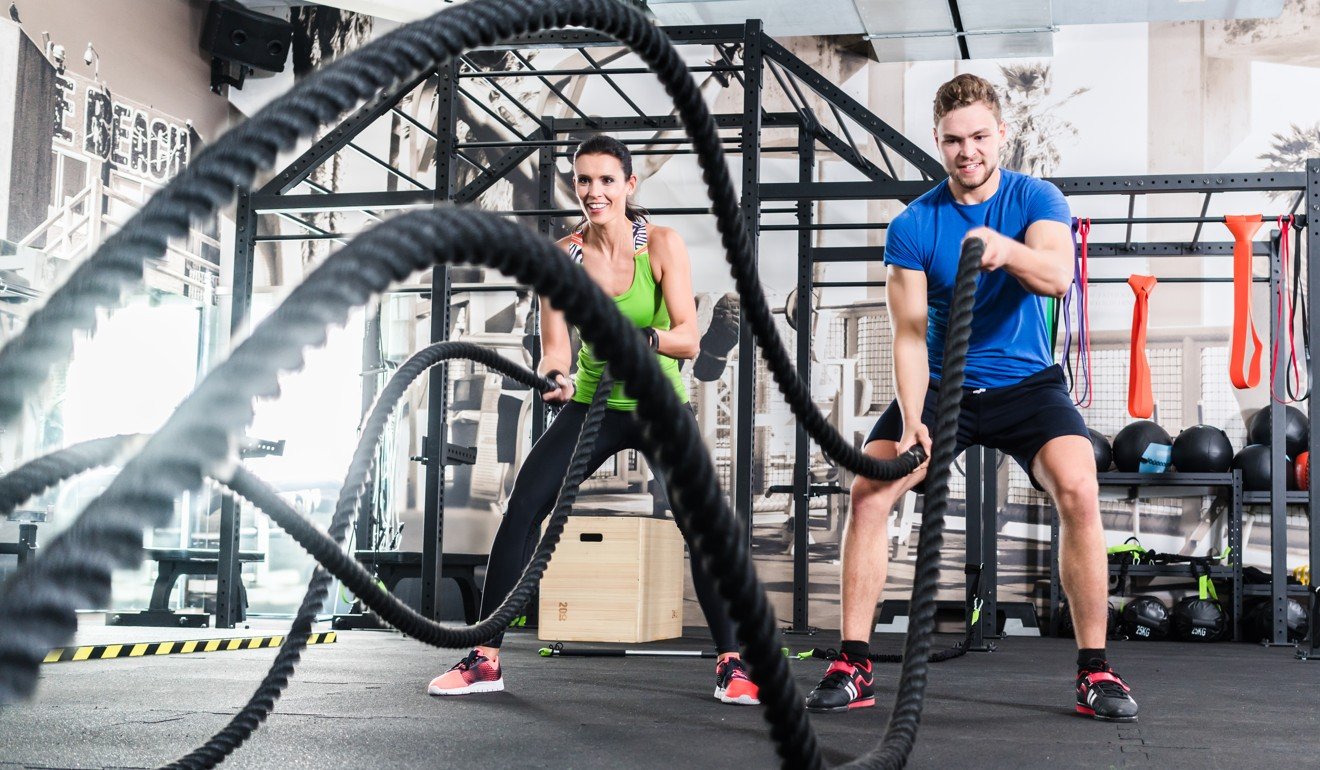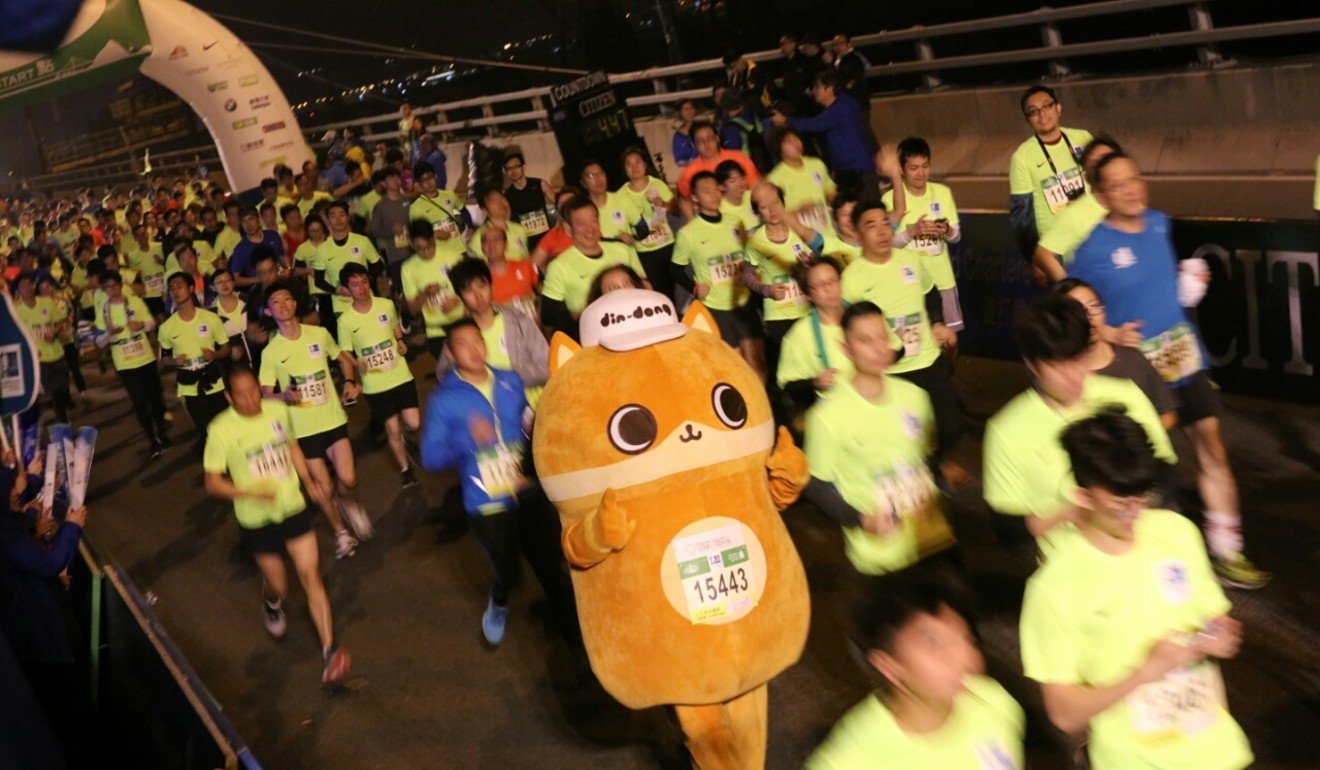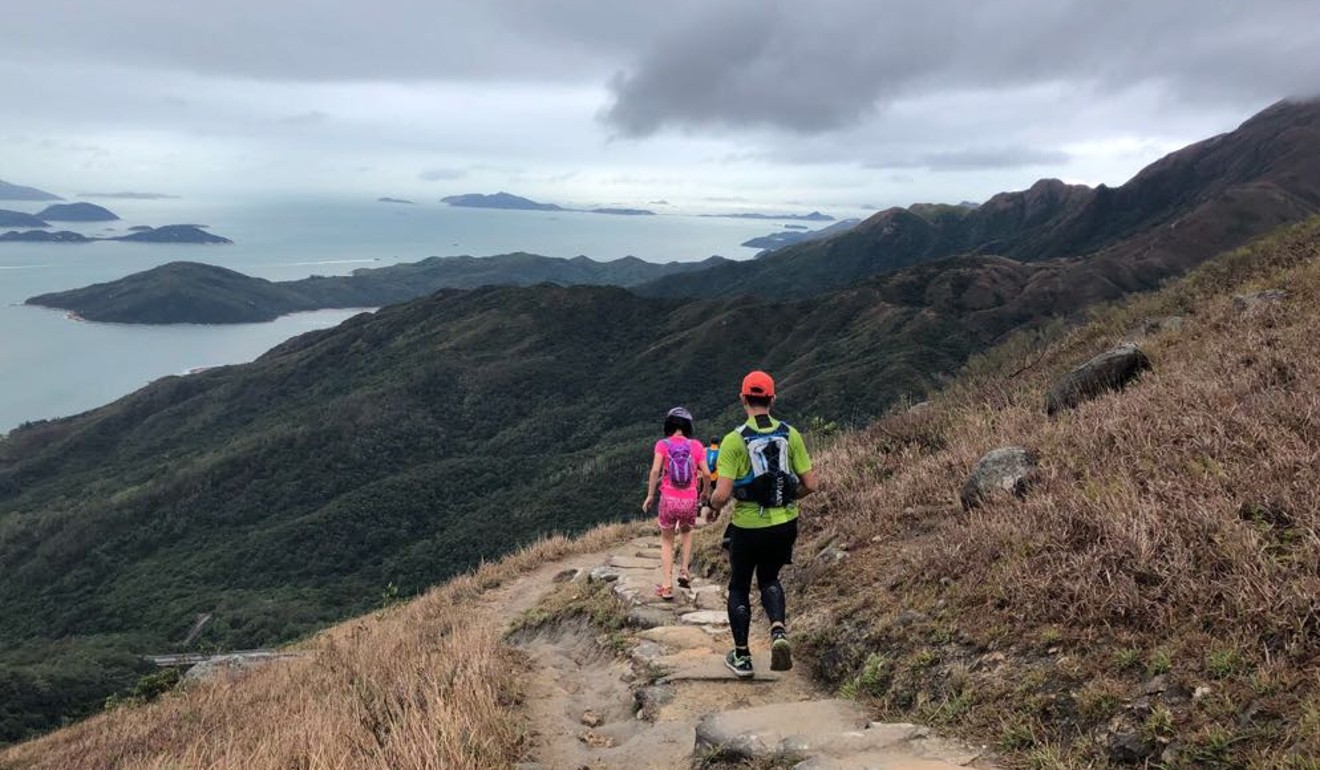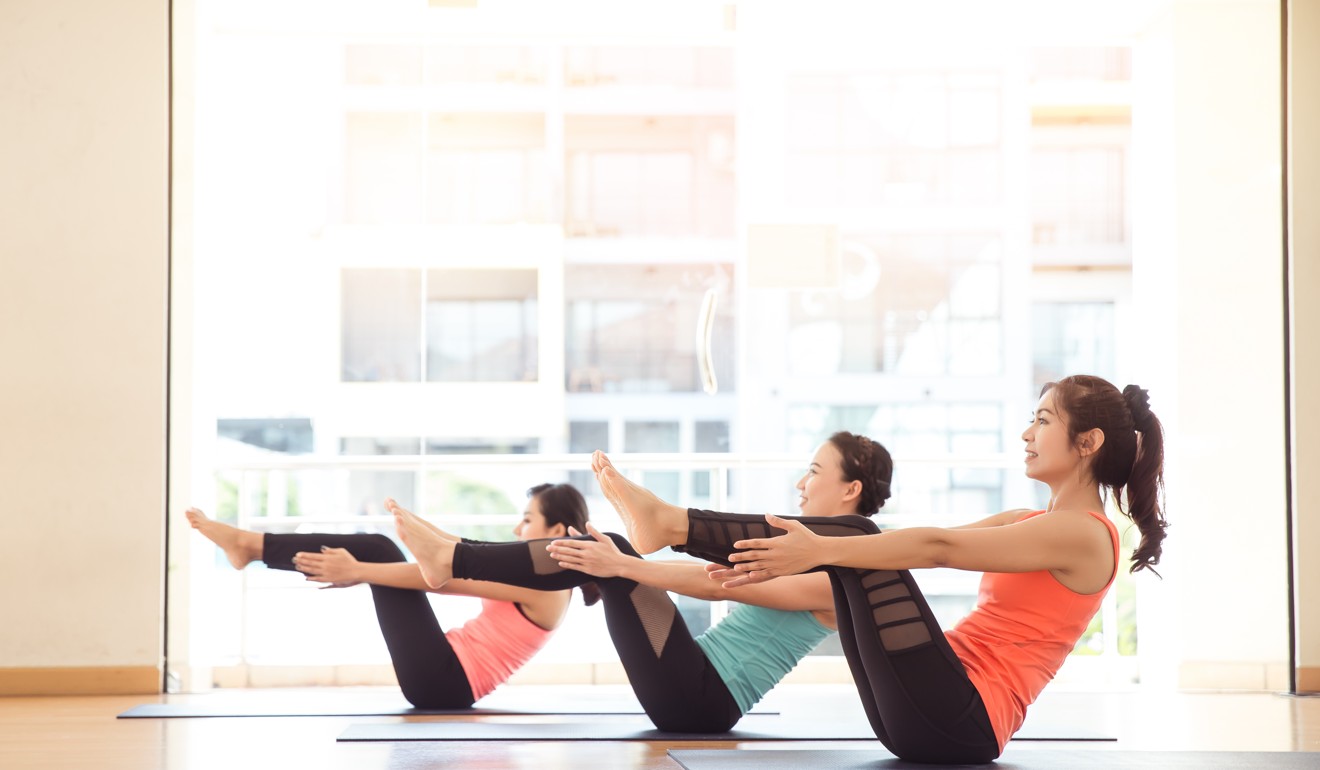
How sports injuries are on the rise among Hong Kong's ‘weekend warriors’
Doctors at Hong Kong Adventist Hospital – Stubbs Road say part-time enthusiasts, particularly those in 40s and 50s, must start exercising slowly, and seek professional help if injuries occur
Hong Kong’s population is growing sportier than ever.
Yet how do residents in the city who keep fit to stay trim and healthy – and also love sport – deal with the inevitable injury problems when they crop up?
Someone may feel that they are fit and healthy, but then one day they do something seemingly innocuous, such as reach up for a vase in a top cupboard, and suffer a shoulder spasm.
The number of Hongkongers playing sport and/or generally exercising has grown significantly in the past few years.
Yet as they exercise more, the city’s residents are sustaining a growing number of injuries – and the individuals in question are younger than you would expect.
Growth in the fitness industry clearly shows Hong Kong’s rising interest in physical activity.

This year, the city’s fitness industry revenue is expected to total US$50 million, with wearables making up the biggest part – US$43 million – of this year’s revenue, according to Statista.com, the online statistics, market research and business intelligence portal.
It predicts that the fitness industry revenue is tipped to grow 7 per cent annually until 2023, when revenue will reach US$70 million.
Another survey by YouGov, the market research and data analytics firm, shows that running in Hong Kong is a popular form of exercise, with 35 per cent of respondents running for at least 30 minutes a week.
Life is sportier than it used to be. People [in Hong Kong] have become more active.
It is no surprise then that the Standard Chartered Hong Kong Marathon will welcome 4,000 more marathon runners in 2019 as its organisers look to foster a long-distance running culture in the city.
All these reports are backed up by doctors working at the Hong Kong Adventist Hospital – Stubbs Road, some of whom say that most of their patients are those who live near the many hills and outdoor sporting facilities of Hong Kong Island.

“Life here is sportier than it used to be,” Dr Francis Hin Tseuk Lam, a specialist in orthopaedics and traumatology at the hospital.
“People here have become more active.”
Yet the downside of all this extra exercise and sport is more injuries across all age groups.
However, some people are more likely than others to suffer from sustained injuries – and it is not those who work out throughout the course of the working week.
“We get the weekend warriors – people who exercise only at weekends, for example, taking part in competitive trail running or team sport – and that’s when we see the injuries.
“Of course, the types of injury depend on the activity or sport.”

Few people know this better than Hong Kong engineer Andrew Sutherland.
Despite spending several years flying constantly as part of his job, working long hours in an office and spending most of his working week sitting at a desk, he thought he was pretty fit and strong.
He exercised when he could find the time, hiking across Hong Kong’s hills on a Saturday or Sunday.
However, one day he was moving a pot on his terrace and something in his back went.
“The pain was excruciating,” Sutherland, now in his early 50s, says.
Osteopathy, painkillers and daily stretches alleviated the discomfort – to a point.
His doctor recently recommended that he focus on strengthening his core muscles as a first step to supporting his back.
“My wife has been at me for years to do this,” he says. “Now I’ve realised it’s time.”
My wife has been at me for years to do [core strengthening]. Now I’ve realised it’s time.
The most common injuries he treats tend to be the shoulder injuries of “weekend warriors”.
Younger sufferers often come to see him with labral tears – an injury to the back of the labrum, a cup-shaped piece of cartilage fixed to the rim of the ball-and-socket shoulder joint that helps keep the ball of the joint in place – and those over the age of 40 with common injuries to the rotator cuff – the group of four muscles and tendons that help to stabilise the shoulder.
These types of injuries have a huge impact on shoulder stability, negatively influencing everyday movement – as well as inducing aching pains that can affect sleep.
“People may feel a slight pain, but you really feel it when, for example, you go to punch the alarm clock in the morning and you realise your shoulder is ‘stuck’,” Dr Lam says.
“Or you’re playing sport and you can’t move the shoulder so freely.
“We see more and more of this problem among local Hongkongers and expats.”

So, what should people do when told to exercise more, particularly if they want to avoid illness and improve their fitness?
Dr Lam’s advises those people in their 40s or 50s who want to exercise is to always stretch warm up beforehand and to start off slowly by doing something that is less likely to result in injuries.
He recommends a cardio workout (on a stationary bike), Pilates – a system of exercises using special apparatus, which is designed to improve physical strength, flexibility and posture – or swimming.
“I’ve not heard of anyone doing Pilates and getting injured,” he says.
Dr Lam says that if you do want to play a particular sport – whether you are young or more mature – first speak to the coach about your body type, height and physical limitations in order to avoid injury.
“Find out which position is best for you, because this depends on your body type,” he says.
Dr Lam also recommends that if people do sustain an injury, they should deal with it quickly by seeing a professional.
“Don’t say ‘it’s fine’,” he says. “Because then what happens next time? After the first injury, get it checked out.”
I’ve not heard of anyone doing Pilates and getting injured.
If you are referred to a surgeon, you can have minimally invasive arthroscopic surgery to repair a rotator cuff tear, for example, whereby the tendon is reattached to the bone. It is the kind of highly specialised procedure for which the hospital is known.
“Once it’s done, it should be as good as new,” Dr Lam says. “But this depends. [It’s harder to solve the problem] if you have had it for years.”
What to do if you suffer pain during a workout
If you suffer a muscle pain or injury after working out or playing sport, Dr Lam advises doing only two things before seeking professional assistance:
For muscle pain that is acute, such as a back pain (where the injury is long-term rather than recent), place a hot pack on the area (don’t use a cold pack).
For an injury accompanied by swelling, put an ice pack on it immediately.
